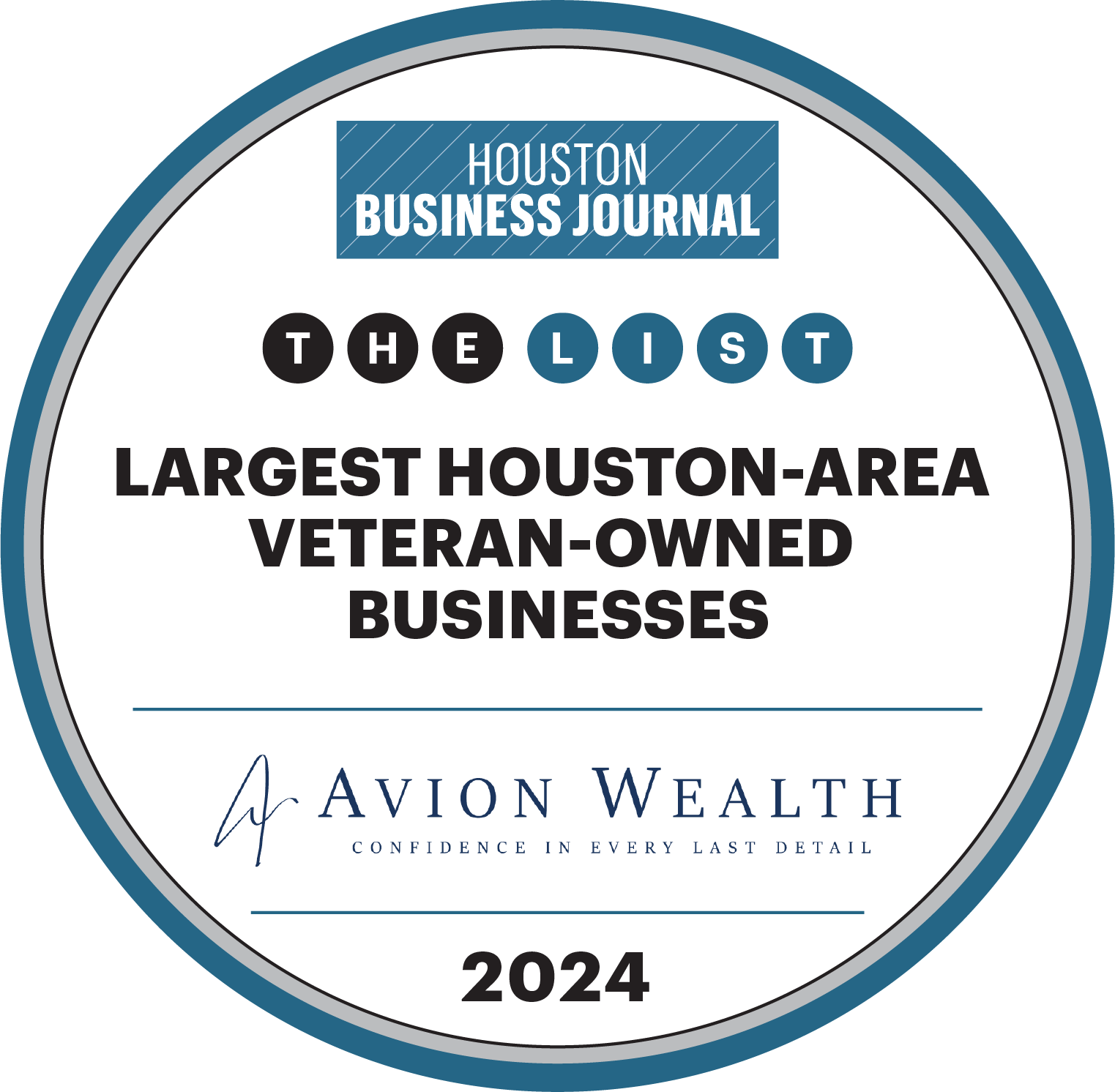There are four phases to the cycle of the economic corporate and medical harm that’s being done by the Coronavirus. This is a discussion of the four cycles; how we envision this playing out over the rest of the year. So the first phase was economic and corporate damage. Well, we’ve seen since this began, actually initiating in China, it was both supply and demand shock simultaneously, but often to different parts of the markets. For example, Apple has seen significant supply shocks from China, Taiwan – while other firms like the airlines, the travel industry, restaurants – I’ve seen enormous demand shock. So many parts of the economy have been damaged by this shock, and that damage is not going to end overnight. That’s going to continue. Second, is we have what we call “financial contagion feedback loops.” In the short term markets are emotional machines, in the long term, their weighing machines. It does appear since the bipartisan bill of a week to 10 days ago that the financial contagion in the short term has been arrested.
What we still don’t know is how bad the fundamentals have been affected. What we do know is that the markets, after the bounce back, we’re still 20% below all-time highs. The adjusted Shiller PE index was one of the three highest numbers there has been in the last hundred years. So at that point in time, regardless of a COVID virus, we still had rich markets and we know without a doubt that the fundamentals are being harmed in real time. Phase one and phase two economic corporate damage, the financial contagion and feedback loops, are pretty much baked into the cake. We don’t know how great the economic and corporate damage will be, but we know which industries are going to be affected the most. The third is what we call “bottom formation.” Now, your typical bear market lasts on average 18 months. The shortest ever has been about six months, the longest, many, many years – four or five years.
For this to be the bottom of the correction for something that, from a financial market point of view, really just started two months ago, would really be historic. So the question today is, is the short rally we’re encountering now what’s affectionately known as a “dead cat bounce” or a “bear trap”? Or have we found the bottom? It would be hard to believe that we found the bottom, given the economic damage ahead of us really is not even a known factor. And markets do predict, but they need to know. All we know is how to deal with the virus.
And then the fourth element, what are the long-term effects? What will happen when the economy starts not being shut down? And our base case is what we like to call the Nike swoosh. Markets came down pretty aggressively initially. They’ll come up fairly aggressively. It’s fairly easy to get restaurant workers back to work, but getting the rest of the way is most likely going to be a much more shallow recovery. Boeing has been absolutely murdered by a combination of the Max and the fall-off in airline travel. Many other companies have seen enormous systemic damage and it will take them years. So what do you do if you chose to de-risk? And then of course there’s two types of de-risking. A lot of people de-risked their bonds. And you know, none of this will we know for six months to a year with hindsight, but there’s a very strong case for de-risking bonds because when bonds expire worthless, they don’t bounce back. Then there’s the de-risking of equities. Some people, if they’re wiped out, they just cannot handle it. Not only emotionally, but also from a pension point of view, retirement, whatever their plans. And even if you did get out of the market, you still have to get back in.
I mean, one of the hardest things about stepping off the tracks is when do you get back on? If you don’t get back on, you’re going to get hit by another train. There’s no two ways about that. The art and science, and it’s probably more art than science, is when do you get back in? What you don’t do, is you don’t try to find the bottom. It needs to be a systematic reentry program. And for those of our clients that have de-risked 50% or less, depending on the scenario, we’re going to be recommending a five month return to the markets. Systematic and disciplined. Why five months? Five months is more than enough time for all the ramifications of the damage to the economy to feed through to the financial markets, but not have complete recovery yet. Because markets are predictive.
There’s never a right answer to this stuff. But discipline and staying exposed to the market at some level at all times, being ready to rebalance, and if de-risked to reenter systematically, is absolutely essential to surviving an event like this. What’s going to happen long term? Much harder to forecast. We are probably going to be fighting off deflationary activity. Deflation is the single worst thing that can happen to an economy. And we see people doing things – we see people holding off purchases, stalling on major financial decisions – which is classic deflationary behavior and also will inhibit any recovery. You’re also going to see people who got scared to death by this de-leveraging. And again, that’s going to hurt the pace of the economic recovery. How much, nobody knows. But these are real and present risks. So be careful. Be careful what you do next. Stick to the plan in place. If de-risked, start planning the phase-in as we have. And if not de-risked, rebalance. Take advantage of the depths and be careful of what we call the “dead cat bounce.” We wish you the best of investing success.
Paul is the founder and CEO of Avion Wealth, LLC. He leads a team of wealth managers in building and executing financial plans for high net worth individuals and families. Contact Avion Wealth to speak with a financial advisor.





